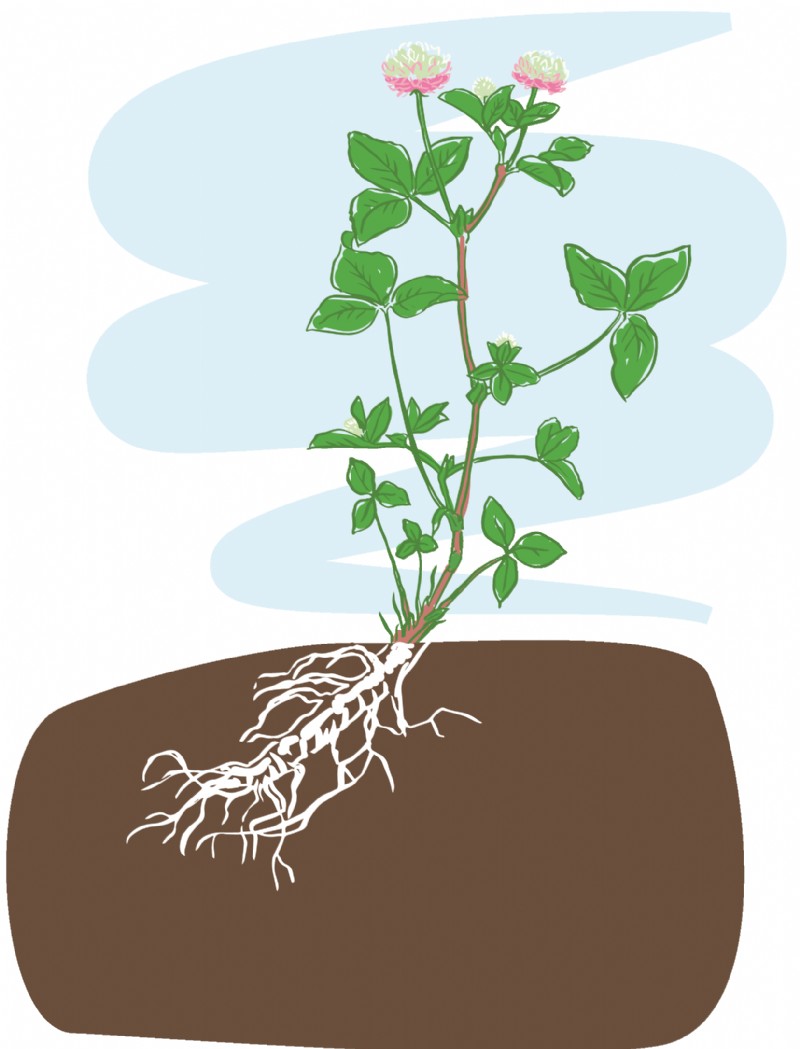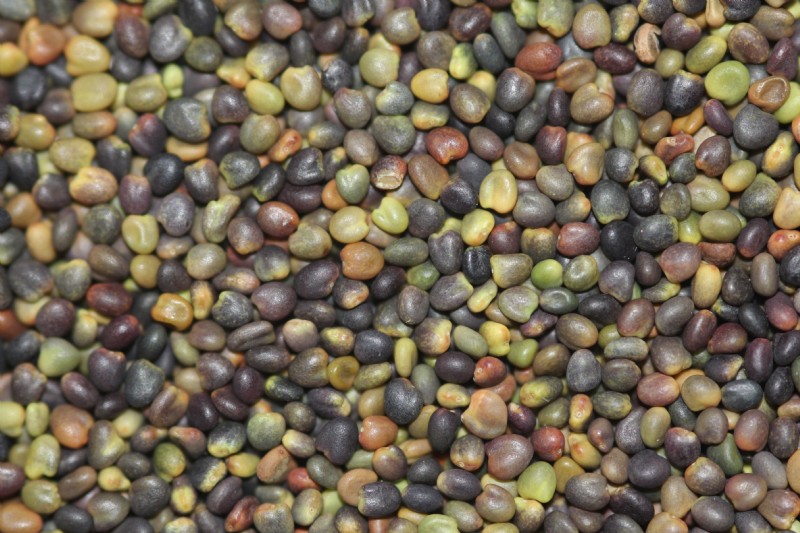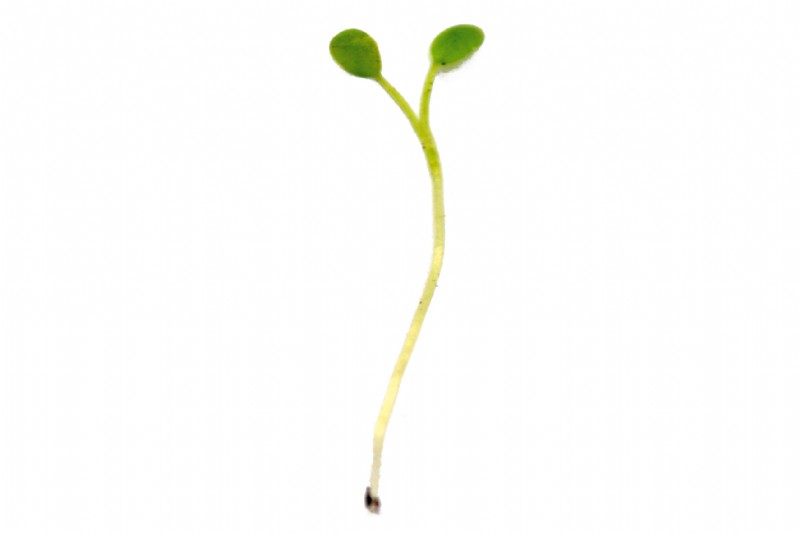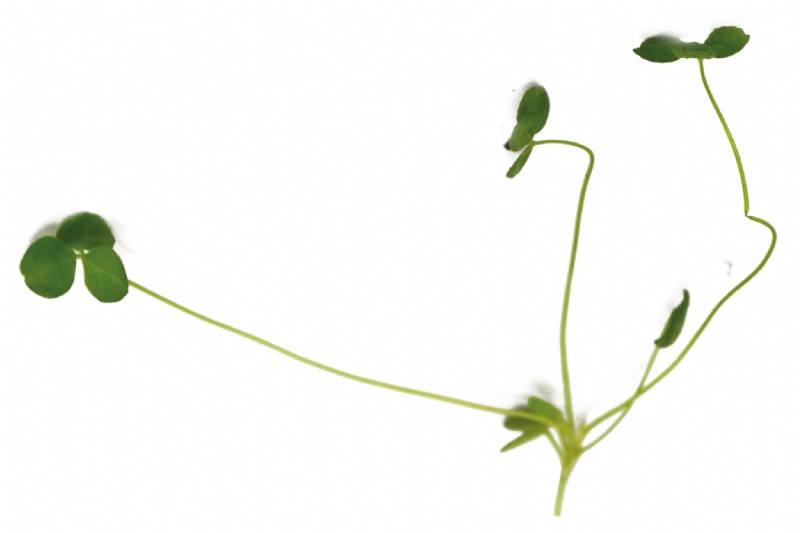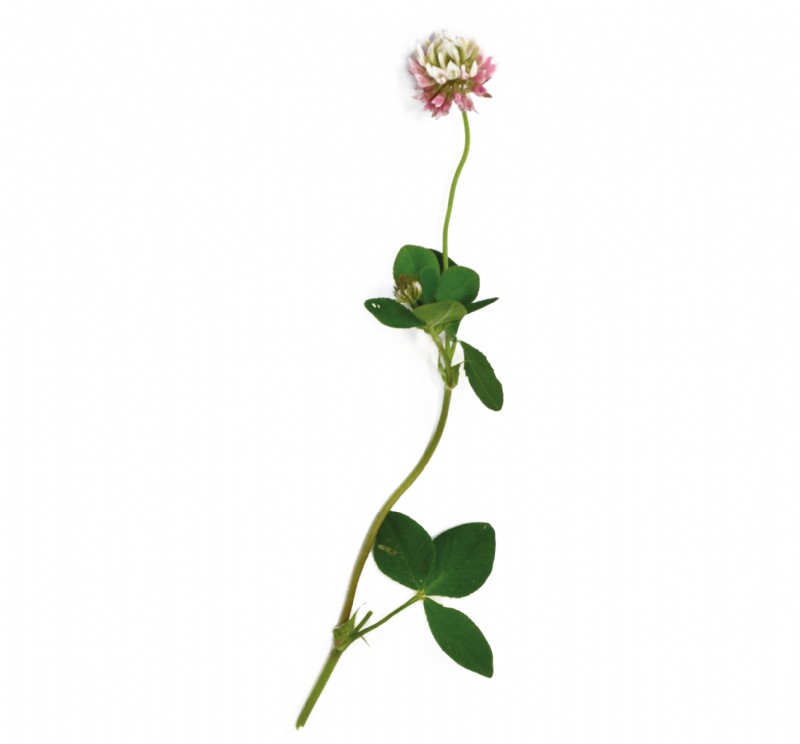Alsike Clover
Alsike clover is a short term perennial that fixes nitrogen. It is a true clover, not a hybrid as the name suggests. Compared to many annual clovers it can be the slowest to flower after a spring sowing.
Uses
It may make up part of a grass ley, which is grazed by livestock. In some parts of the world it is also cut for hay, very occasionally as a pure stand or with Timothy. It is more succulent than red clover and therefore may take longer to dry or 'make' for a hay crop.
Persistence
This short lived perennial will last for 2-3 years.
Strengths
Alsike clover fixes nitrogen and is a low growing species so potentially useful for undersowing beneath cash crops. Alsike will grow better on wetter and more acidic soils than other clovers including red clover. Alsike will grow at a lower pH than the other clovers and was formerly used to avoid 'clover sickness' which arose from red clover being grown too frequently.
Frost Tolerance
Unlike the annual clovers, this species will survive during the winter unless temperatures are exceptionally cold.
Yield
Less bulky than the annual clovers or red clover, it should provide 4-5 t DM per /ha with a grass companion.
Sowing Rate Advice
5kgs per acre / 12.5kg per ha.
Clover seed is small and sensitive to depth so it is critical to shallow sow or surface broadcast with good seed bed consolidation. Small seeds prefer a well worked but firm seedbed. Alsike clover seed is approximately half the size of red clover seed.
Mixture Sowing Rate Advice
0.25 - 0.5kgs per acre / 0.625 - 1.25kgs per ha.
One of the smaller clover seeds, so a low inclusion will provide plenty of plants.
Ideal Sowing Time
The majority of clovers should be sown into warm soils in the spring or before soils start to cool in the autumn. The establishment is less reliable after the middle of September.
Management
As a perennial alsike clover can be topped or grazed and will regrow for a few years. Alsike clover will suffer from the majority of other clover based pests or diseases such as mildew, but is less susceptible to sclerotinia and crown rot. Growing it in rotation will help to reduce pest and disease pressures associated with other clovers especially red clover.
Distinguishing characteristics
Seed
The shape of the seed is rounded and blunt, its colour is a dull light green to yellow. The seed is much smaller than red clover though bigger than white clover. It is 2 mm in length.
Seedling
The seedling has oval cotyledons, which are generally slightly longer than their width. The first true leaf is almost square in shape, before developing into the traditional trifoliate shape.
Flowering Plant
Generally an upright growth habit, the plant is hairless.
It has a trifoliate leaf, importantly to distinguish from other clovers it has toothed margins, with no hairs. It also lacks the silvery, crescent found on some clovers.
The leaves are on longish stalks, with longer stipules than red clover.
Flowers are pale pinkish to white in colour, often with a pinker underside and whiter top to each flower.
The roots are reasonably extensive, but spread out below the soil surface, unlike the deeper taproot of red clover.
Additional Info
Average number of seeds per kg 1 500 000. Like red clovers, it can cause bloat in some situations. The majority of seed is produced in Alberta Canada.
Works well with
It has been used for hay production, sometimes as a companion to Timothy. This will make really good hay on heavier, moist soils.You can find Alsike Clover in the following mixtures
- Herbal Over-Seeding Mixture -
- 'HERBAL' Grazing Ley - Four Year Drought Resistant Ley
- ‘HERBAL’ Grazing Four Year Ley 70% ORGANIC
- Herbal Heavy Land Ley - for Medium and Clay Soil
- Herbal Heavy Land Ley - for Medium and Clay Soil - 70% ORGANIC
- Simple Herbal Ley - Four year Grazing/Cutting/AD Ley
- Simple Herbal Ley - Four Year Grazing/Cutting/AD Ley 70% ORGANIC
- Wetland Dual Purpose Long Term Mixture
- Wetland Dual Purpose Long Term Mixture 70% Organic
- GS4 Legume & Herb Rich Sward
- Operation Pollinator Mix (AHL1/AB1)
- The Operation Pollinator Just Legumes 70% ORGANIC
- Summer Green Manure - Early Sown N Fixer
- Winter Cover Crop - Late Sown Winter Cover
History
The species came from Sweden originally before being utilised in the UK.


